
Impressionist Art from Private Collections in Rome
A private home in Rome was transformed in 2019 to become the newest showcase for exhibitions of fine art in the Italian capital. The 3,000 square-meter Palazzo D’Aste Bonaparte, built in 1600 and completed in 1677, will present an Escher exhibition from October 31, 2023 through April 1, 2024, and yet it remains the best-kept secret in the art world.
This article explores “Impressionisti Segreti,” a superb display of Impressionist paintings that was exhibited at the Palazzo Bonaparte in 2019 and 2020, during the initial months of the global pandemic caused by the 2019 Novel Coronavirus. The title “Impressionisti Segreti” (the “Secret Impressionists”) was given to this past exhibit because all of the paintings were lent by private collectors and were being shown publicly for the first time. Indeed, this show presented a rare opportunity to view over 50 paintings of the highest quality by Monet, Sisley, Renoir, Signac, Pissarro, Morisot, Gauguin and others. We wrote this article for you, and for all of the other artlovers who were unable to experience and enjoy this special show in person due to previous restrictions on travel.
Impressionist Paintings by Women
It is no secret that women can paint as well as men when given equal opportunity, and it was refreshing in October 2019 to see posters all over the city of Rome featuring a painting by the Frenchwoman Berthe Morisot to advertise the “Secret Impressionists” exhibition. Perhaps this was most fitting since the Palazzo Bonaparte is named for a powerful woman, Letizia Ramolino, the mother of Napoleon Bonaparte who lived in the Palace from 1815 to 1836.
The talented Eva Gonzalès was represented in this exhibition by “The Indolence,” a portrait of a woman absorbed in her private musings. Gonzalès, Édouard Manet’s student and friend, frequently used family members, particularly her husband and her sister, as models in her work. Eva’s younger sister Jeanne posed for this painting. “The Indolence” was praised by Émile Zola for the “bracing freshness” of the young woman, a figure he described as “a Madonna descended from a stained-glass window.” Gonzalès first presented her works at the 1872 Salon but, like Manet, Gonzalès never exhibited in the Impressionist exhibitions in Paris. Today, she may be considered part of that movement because of her painting style.
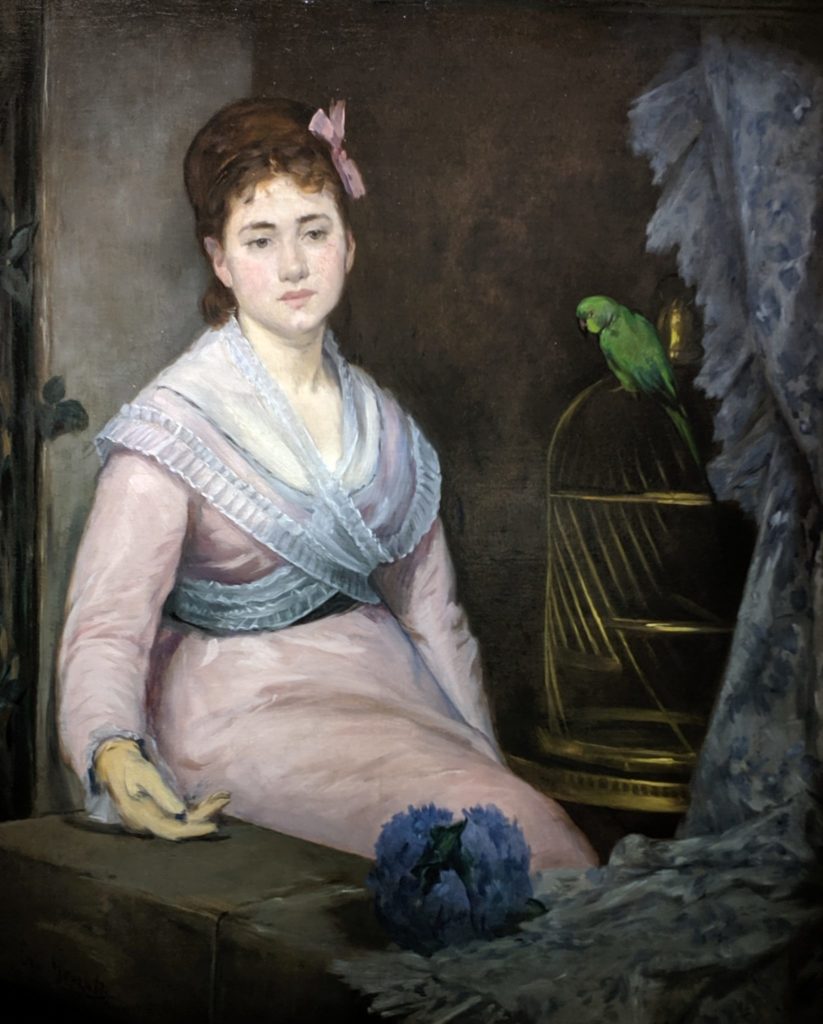
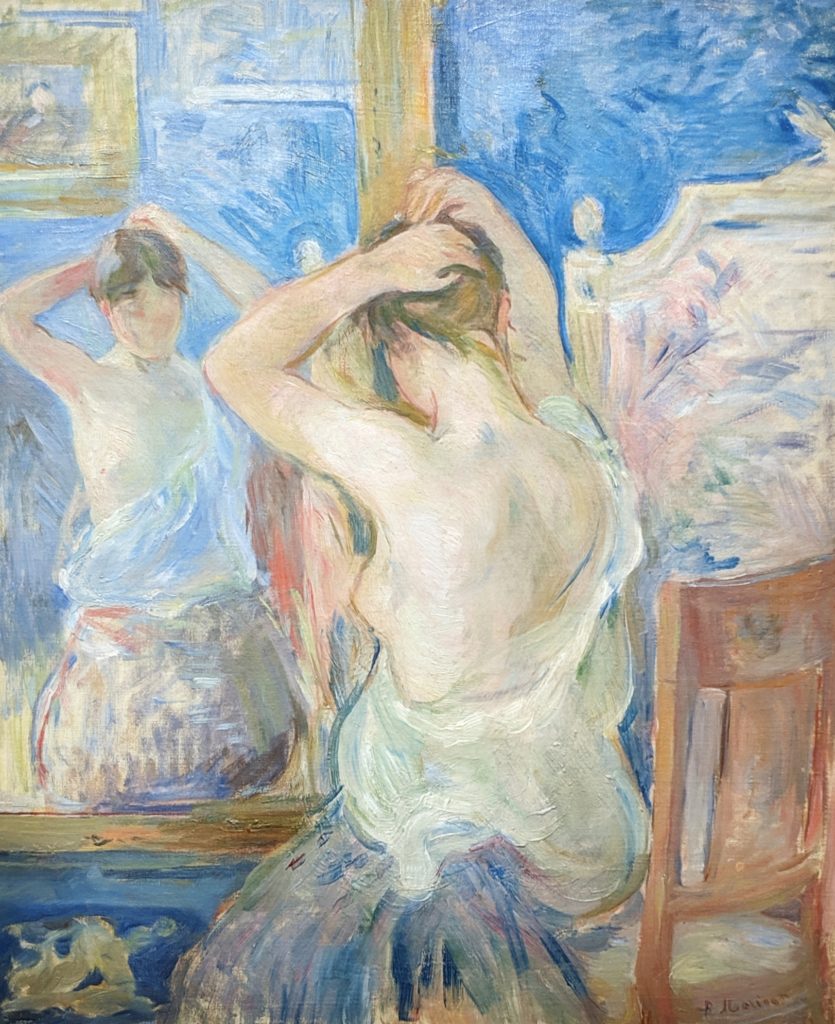
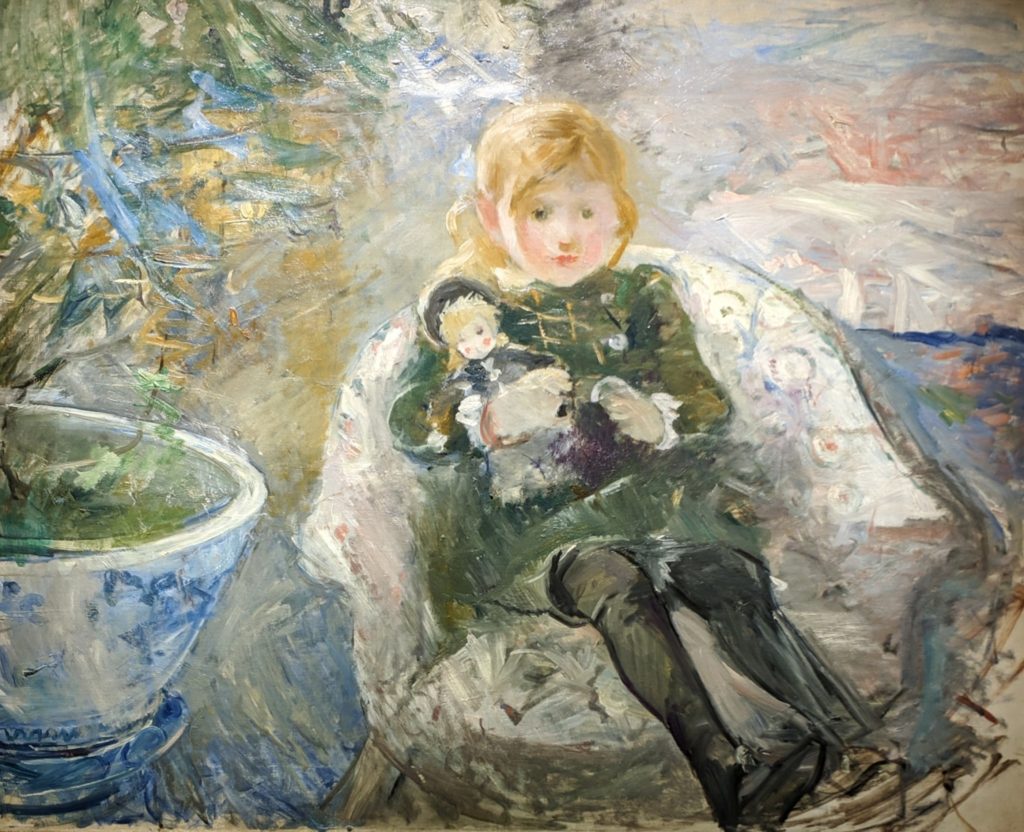
Top row right: “Before the Mirror” by Berthe Morisot
Above: “Young Girl with Doll” by Berthe Morisot
Paintings by Berthe Morisot first appeared in the Salon de Paris in 1864, when she was 23-years-old. Morisot continued to exhibit regularly in the official Salon until she chose to show nine works of her art in the First Impressionist Exhibition (1874) and 17 pieces in the Second Impressionist Exhibition (1876). It is noteworthy that paintings, pastels and watercolors by Morisot appeared in all eight of the Impressionist shows except for one, in 1879, following the birth of her daughter. While the Fourth Impressionist Exhibition of 1879 lacked famous names such as Renoir, Sisley, Cezanne and Morisot, new talents appeared for the first time, including Paul Gauguin and Federico Zandomeneghi.
Impressionist Paintings Inspired by Women
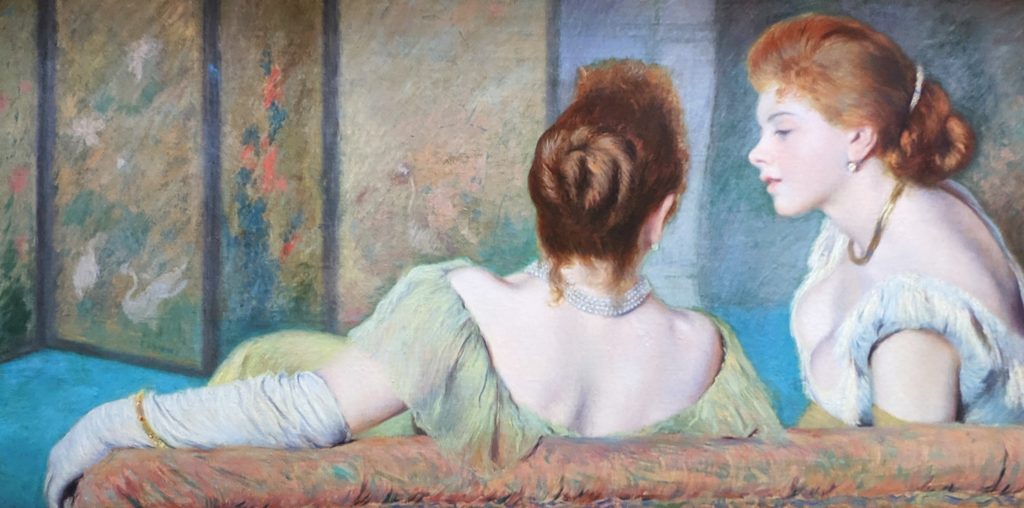
Out of the 56 artists who took part in the eight Impressionist Exhibitions held in the French capital, only three were foreigners: Mary Cassatt from the USA, and the Italians Federico Zandomeneghi and Giuseppe De Nittis. It is rare to see paintings by Zandomeneghi and De Nittis outside of Europe; however, the Phillips Collection in Washington, D.C. presented an elegant retrospective entitled “An Italian Impressionist in Paris: Giuseppe De Nittis” through February 12, 2023.
Zandomeneghi’s works were often inspired by young women and set in skillfully composed scenes. “On the Couch” by Zandomeneghi (above) was one of the most stunningly beautiful compositions on view in Rome. The women seen in “On the Couch” are reminiscent of the young ladies whom Cassatt painted in works like “The Loge,” though Zandomeneghi preferred innovative solutions of placement — rather than Cassatt’s traditional frontal view.
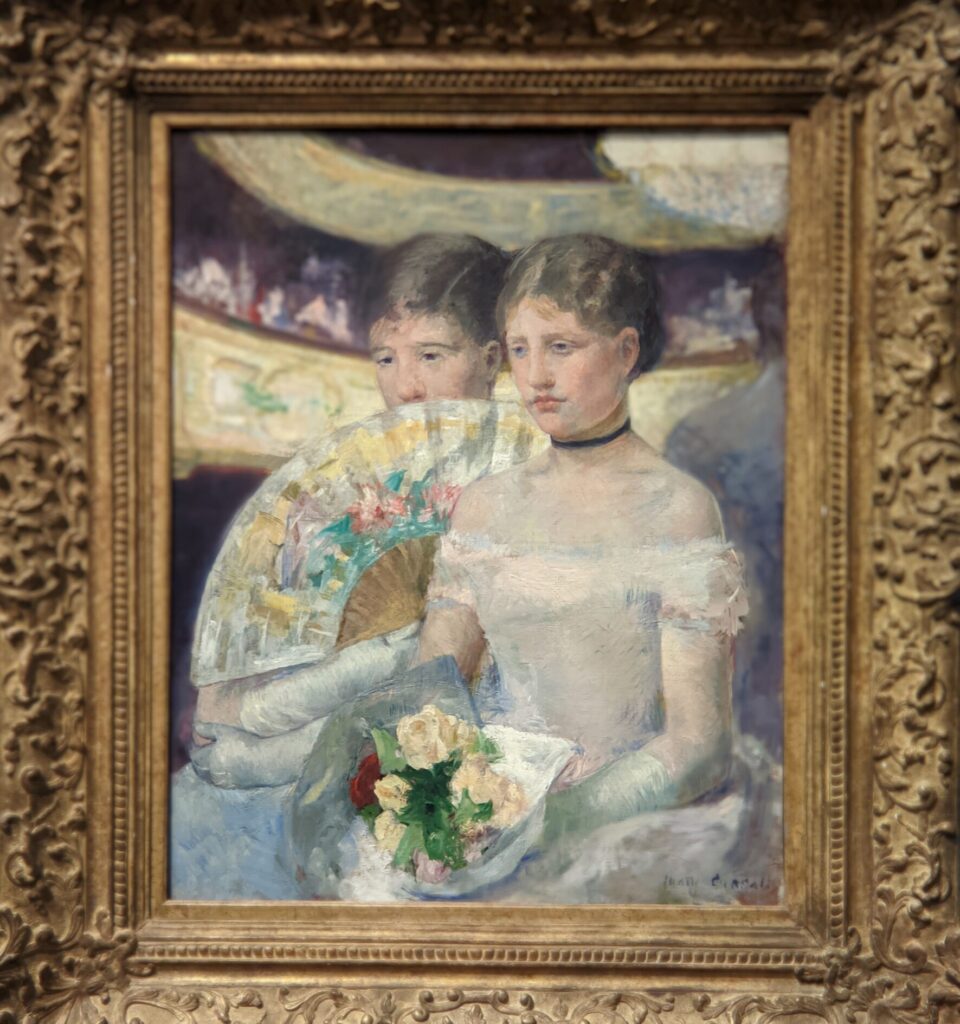
Renoir’s “Young Girls by the Sea” (below) reprises a favorite theme of the Impressionists, with two young women reclining on the grass, admiring the landscape before them. The feminine perspective is also the subject of Gustave Caillebotte’s “Interior, Woman at the Window,” where a lady is standing by a window, gazing at a world closed to her, longing to be outside. In “Portrait of the Violinist Irma Sèthe,” Théo van Rysselberghe shows two women, an eighteen-year-old violinist and a mysterious listener hidden behind the wall.
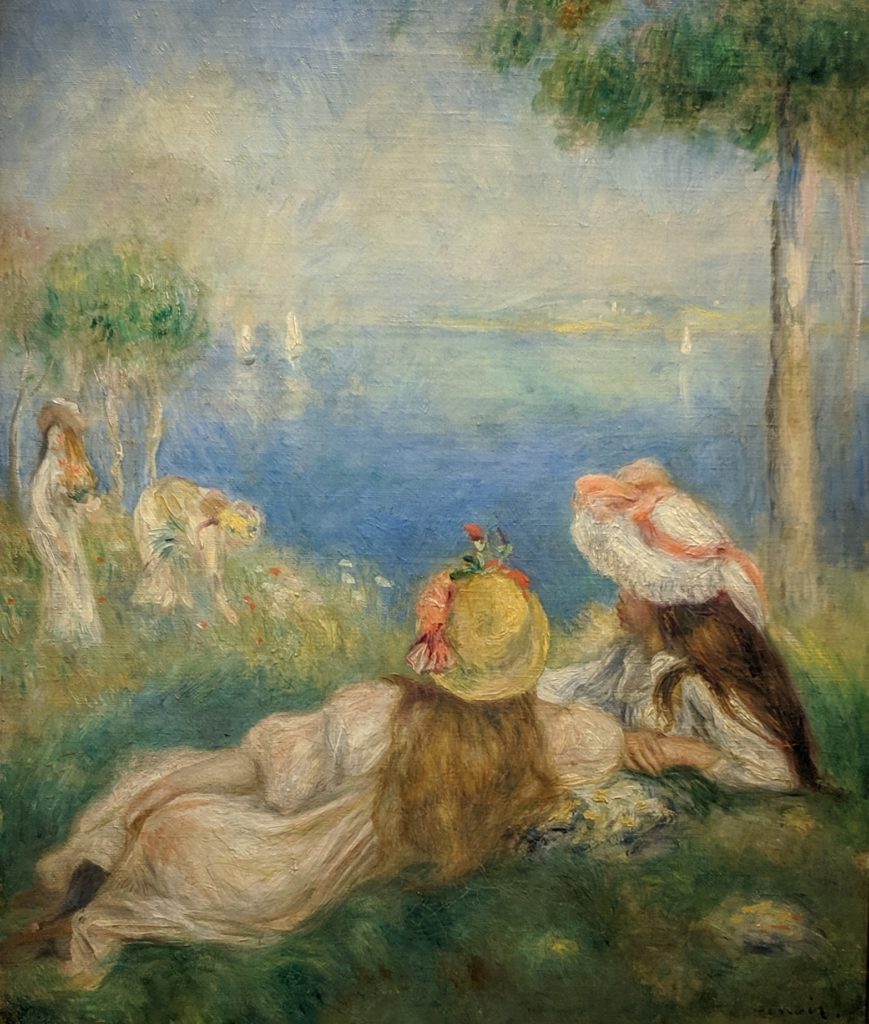

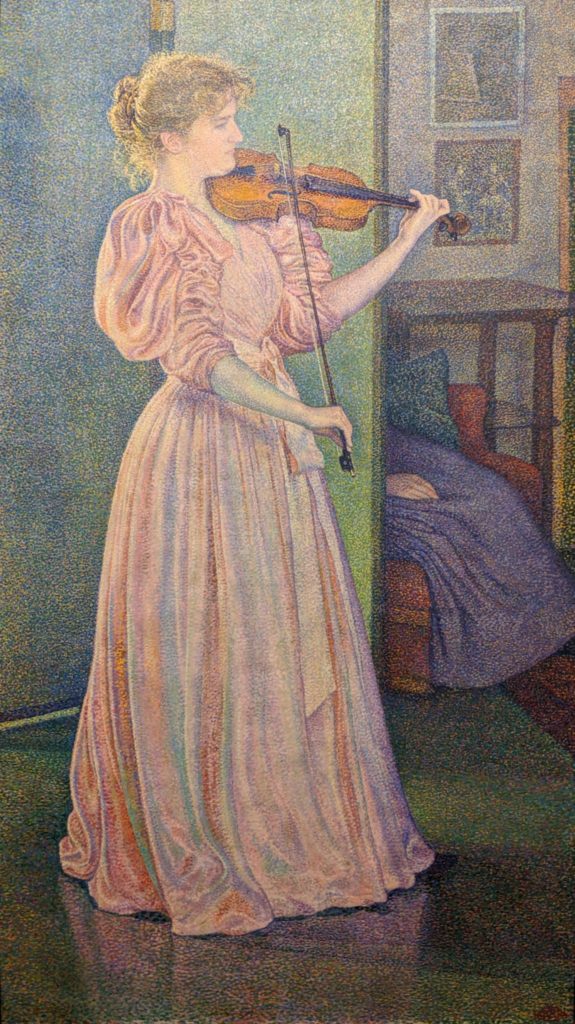
Left: “Interior, Woman at the Window” by Gustave Caillebotte
Right: “Portrait of the Violinist Irma Sèthe” by Théo van Rysselberghe
Post-Impressionists

The term Post-Impressionism defines a predominantly French art movement that developed from the final Impressionist Exhibition in 1886 through the birth of Fauvism in 1905. Post-Impressionism emerged as a reaction against the Impressionists’ focus on the naturalistic depiction of light and color. While the Post-Impressionists also preferred real-life subject matter, they were more inclined to distort form for expressive effect and use bolder, less natural colors. One was able to appreciate this clearly in Rome, where “Breton Fisherman” by Paul Gauguin was on display, alongside fine pointillist works by the Neo-Impressionists Henri-Edmond Cross and Paul Signac.
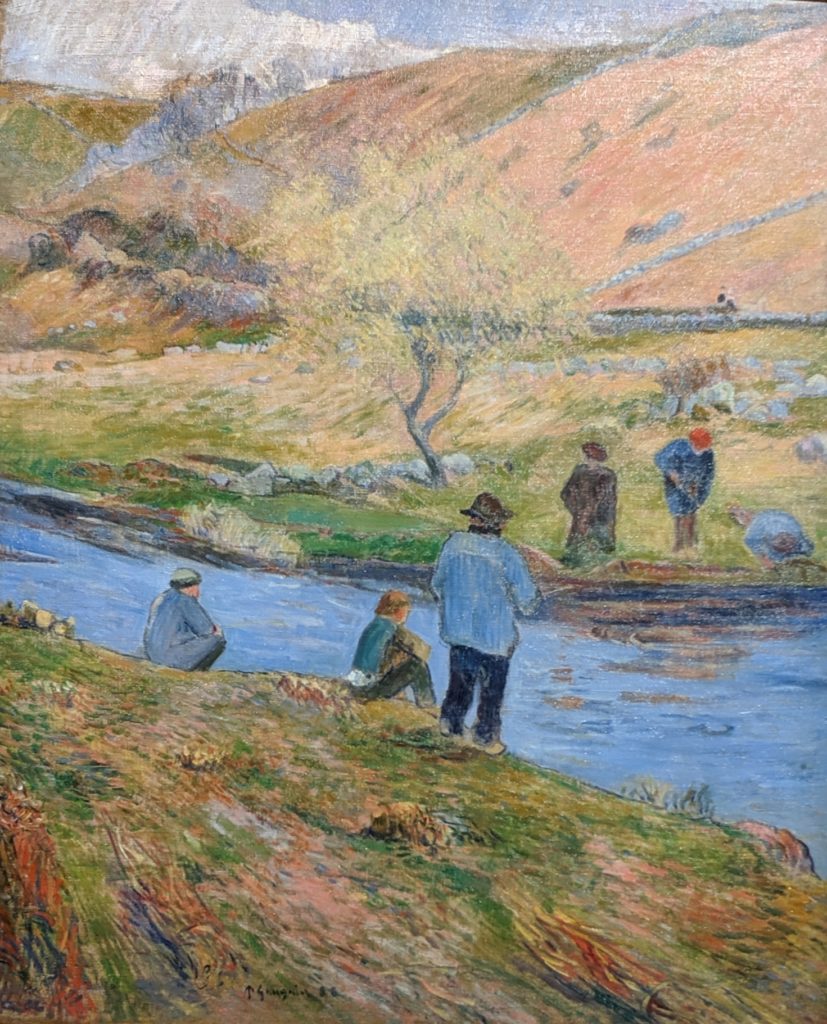

Left: “Breton Fisherman” by Paul Gauguin
Right: “Landscape with Goats” by Henri-Edmond Cross
The Usual Suspects — Pissarro, Renoir, Monet
Fortunately, the painters we view as the leaders of the Impressionist movement were beautifully represented among the paintings from private art collections seen during the “Secret Impressionists” show held in Rome. Camille Pissarro, having completed his “summer paintings” in Éragny and seeking to “change subjects,” traveled to Varengeville-sur-Mer (a village west of Dieppe) in September 1899. By setting up his easel in an orchard bound by tall beech trees, Pissarro painted a residence as seen through a curtain of beeches, where the leaves turning a reddish hue announce the imminent arrival of autumn.

Pierre-Auguste Renoir returned again and again throughout his career to the waterfront in Bougival, less than 3 km from his mother’s home in Louveciennes. He painted young women and dances, and with Monet he experimented by capturing scenes as reflected in the water nearby at La Grenouillere. In March of 1888, Renoir returned to the banks of the Seine to paint “Bougival” (below) and revisit the motif of boating as a leisurely diversion, using the contrast of the dense shadows of foliage in the foreground to emphasize the invigorating light of spring on the boats in the distance.
The Island of Nettles is in Giverny, near the confluence of the Epte and Seine rivers. Claude Monet purchased this strip of land known as the Île aux Orties, and he used it to moor his boats. In his 1897 painting (below), Monet tried to recreate on canvas the atmosphere of the foliage seen through the mist, as well as the delicate sparkle of the reflection on the water.

In Rome, the Delight of More Monet
Of course the Impressionist movement would have been far less significant were it not for the en plein air contributions of Claude Monet (1840 — 1926) and his growth as an artist during his long life.
Throughout his career, Monet ceaselessly explored the spontaneous rendering of a momentary perception of nature as a phenomenon of light and color. Monet created gardens wherever he lived. In “Secret Impressionists” we saw the view from the garden of Monet’s home in Vétheuil in “The Seine at Lavacourt” (above) and from the house he rented in Argenteuil in “The Orchard” (below). His goal of capturing the effects of light and atmosphere at sea took him to Antibes in the south of France and to Pourville in Normandy in the north.
Alfred Sisley — the Truest Impressionist
Alfred Sisley, more than any other major Impressionist painter, stayed true throughout his professional life to landscape painting. In “Banks of the Seine at Argenteuil” Sisley’s composition combines the gentle curve in the road with the turn of the river to heighten the effect of perspective, inviting the viewer into the familiar moment when a figure on shore watches a passing sailboat. In 1872, Sisley worked alongside Monet in Argenteuil, both men fascinated by how light and shade constantly transformed the appearance of nature. In the 1880s financial pressures forced Sisley to abandon Paris for the countryside, leading him to the village of Moret-sur-Loing not far from Fontainebleau. Sisley chose to set the horizon line very low in many of his landscape depictions in order to study and render various cloud formations — streaking the sky with blue and white to subtly strengthen the depth of the perspective.


Gustave Caillebotte — the Dark Horse of Impressionism
Gustave Caillebotte was born to an upper-class family in Paris in 1848 and died at the age of 45. He was a patron of the Impressionists and then a member, showing eight of his own paintings in the Second Impressionist Exhibition of 1876. A large number of Caillebotte’s works employ a high vantage point, which were noticeable in the Rome exhibition. The “Road in Naples” (below) — with its well-defined shadows cut by bright light and his eye-catching perspective — demonstrates that Caillebotte’s style belonged both to the School of Realism and to Impressionism.
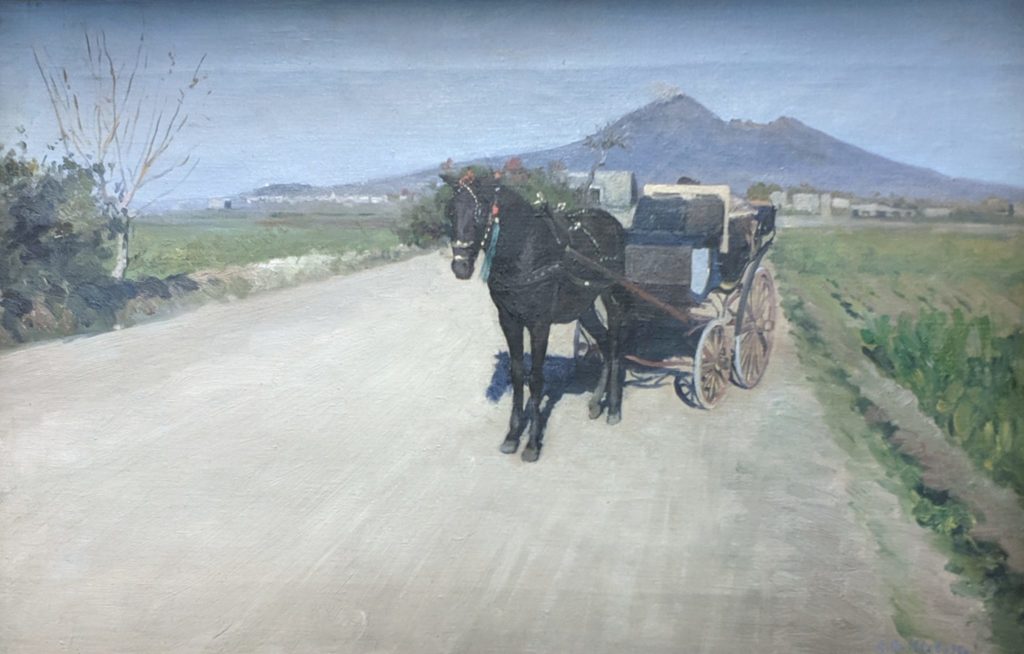
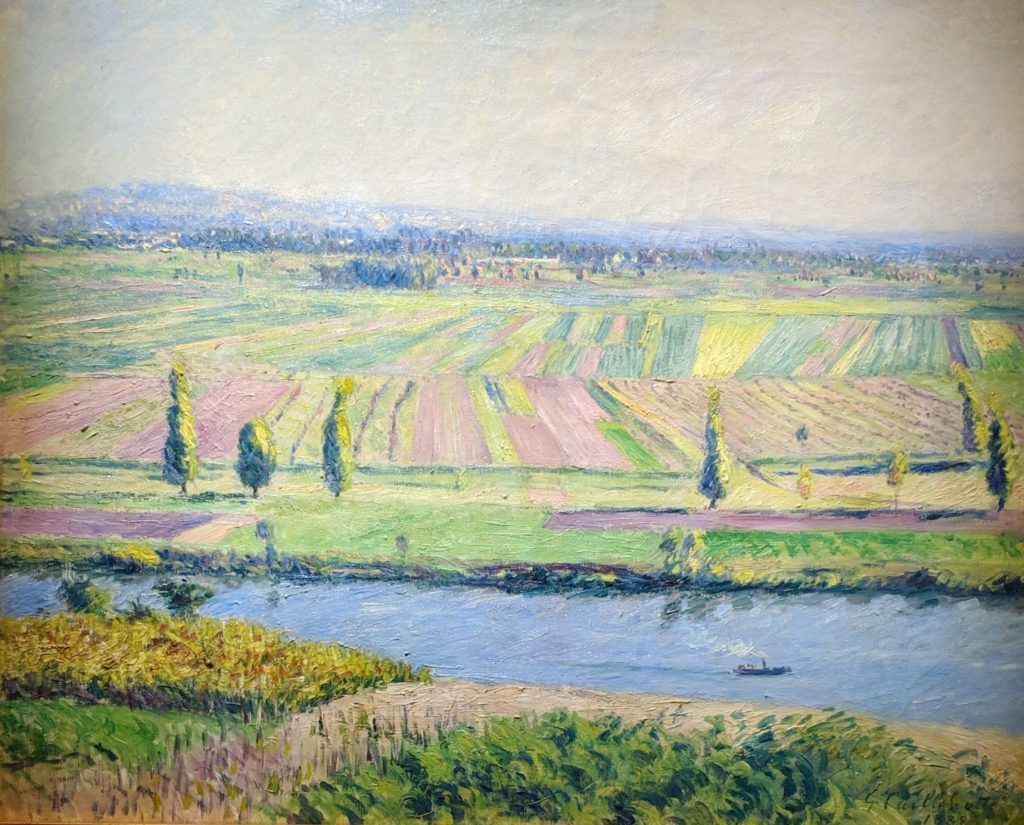
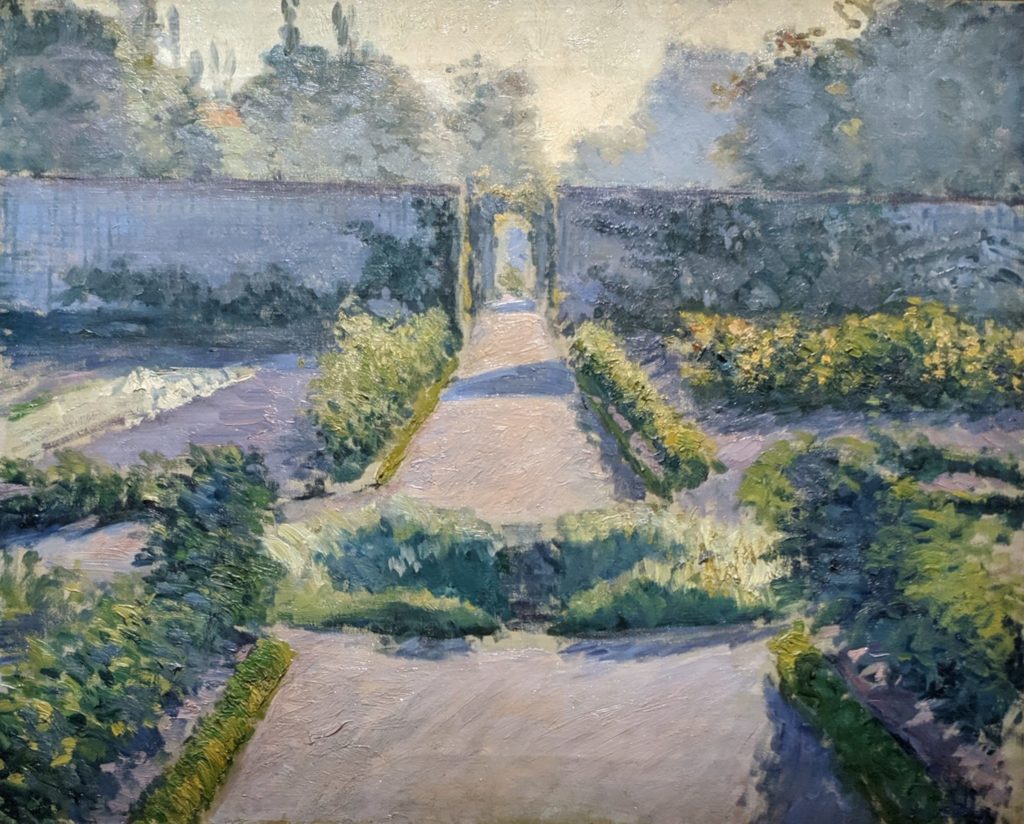
Left: “The Plain of Gennevilliers from the Hills of Argenteuil” by Caillebotte
Right: “The Kitchen Garden, Yerres” by Caillebotte
The country residence in Yerres, owned by Gustave’s family, is a common subject in early paintings by Caillebotte. One of them, “The Kitchen Garden, Yerres” (above, at right) is representative of the paintings Caillebotte presented at the Third Impressionist Exhibition of 1877.
Gustave Caillebotte’s wealth allowed him to paint without the pressure to sell his work and also to support his fellow artists by buying their art and paying the rent for Monet’s studio. Caillebotte was a patron of the arts, helping to finance the Impressionist Exhibitions and persuading the French state to purchase Manet’s “Olympia.” He built a superb collection of art and then bequeathed it to the French government, providing the initial core of the Impressionist collection of the Musée d’Orsay, which possesses 40 paintings by Caillebotte in its permanent collection.
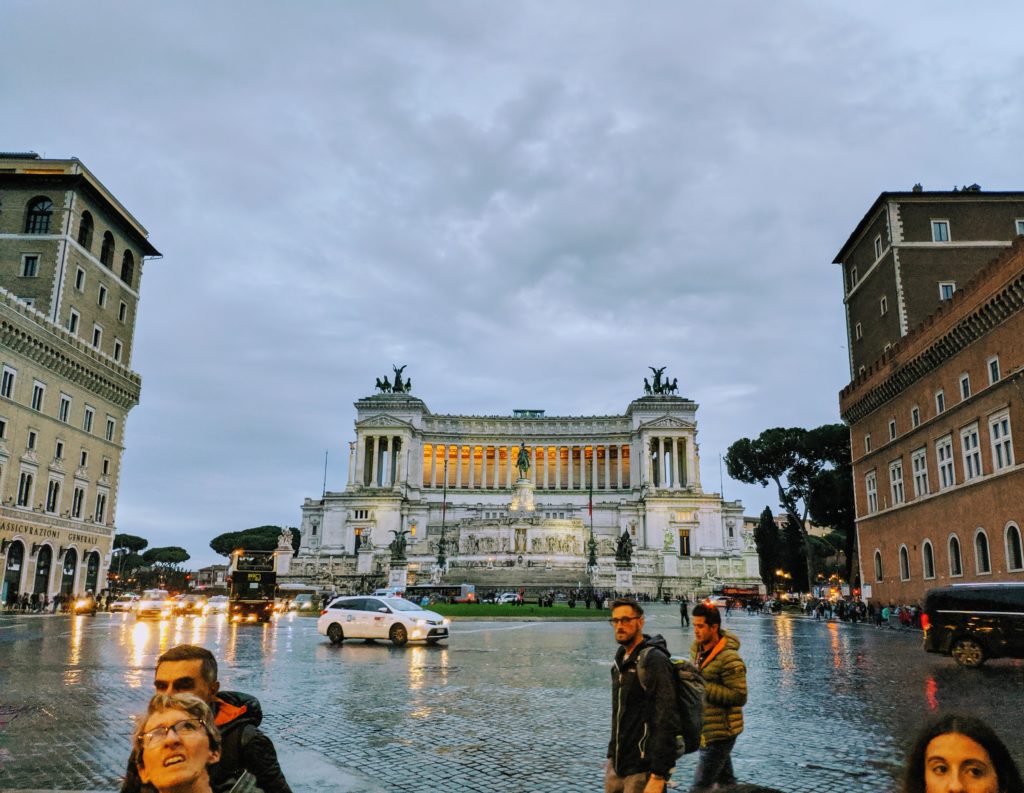
We hope you have enjoyed this opportunity to see highlights from the “Impressionisti Segreti” exhibit (held at the Palazzo Bonaparte in Rome from 2019 to 2020), as well as other art shows you may have missed during the pandemic. The Italian firm Arthemisia has moved its program of blockbuster exhibitions from the Vittoriano to the Palazzo Bonaparte. Arthemisia, which specializes in organizing artistic exhibitions, also brings art shows to Florence and presented “I Macchiaioli” in Trieste (until April 10, 2023). If you planning a trip to Rome, or are interested in the graphic art and colorful paintings created by Vincent van Gogh, you may want to check out our article entitled Excellent Van Gogh Paintings & the Beautiful Colors of Rome for our take on the Van Gogh exhibit which closed on March 26, 2023 at the Palazzo Bonaparte in Rome. That article also includes travel tips for visiting the Pantheon, Trevi Fountain and the Spanish Steps!
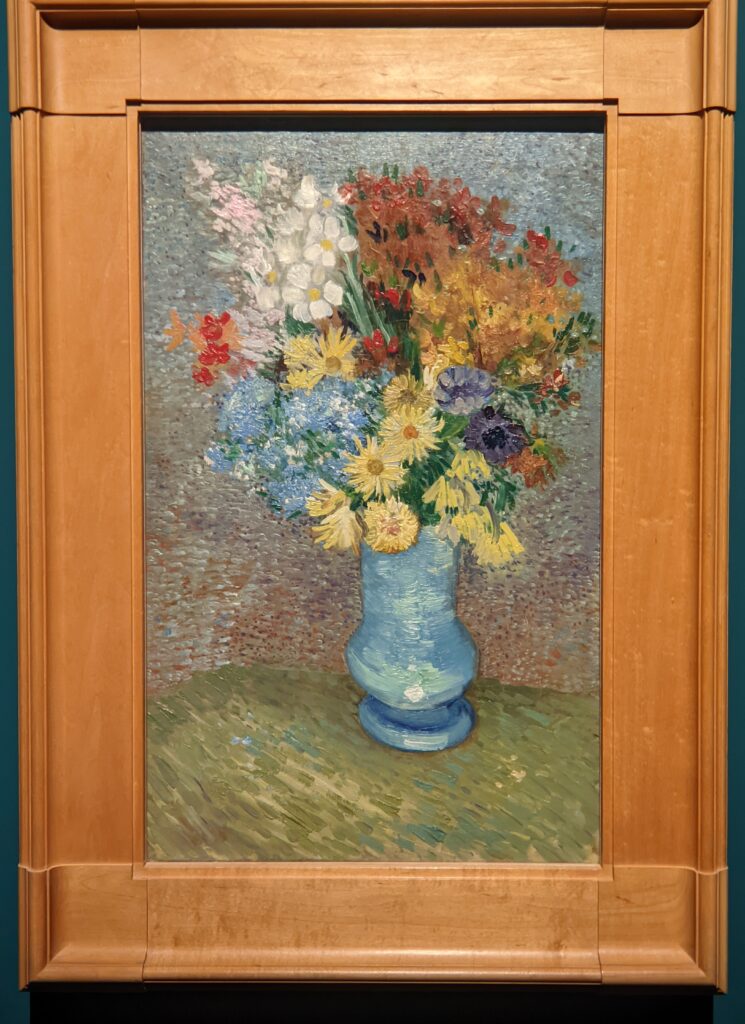
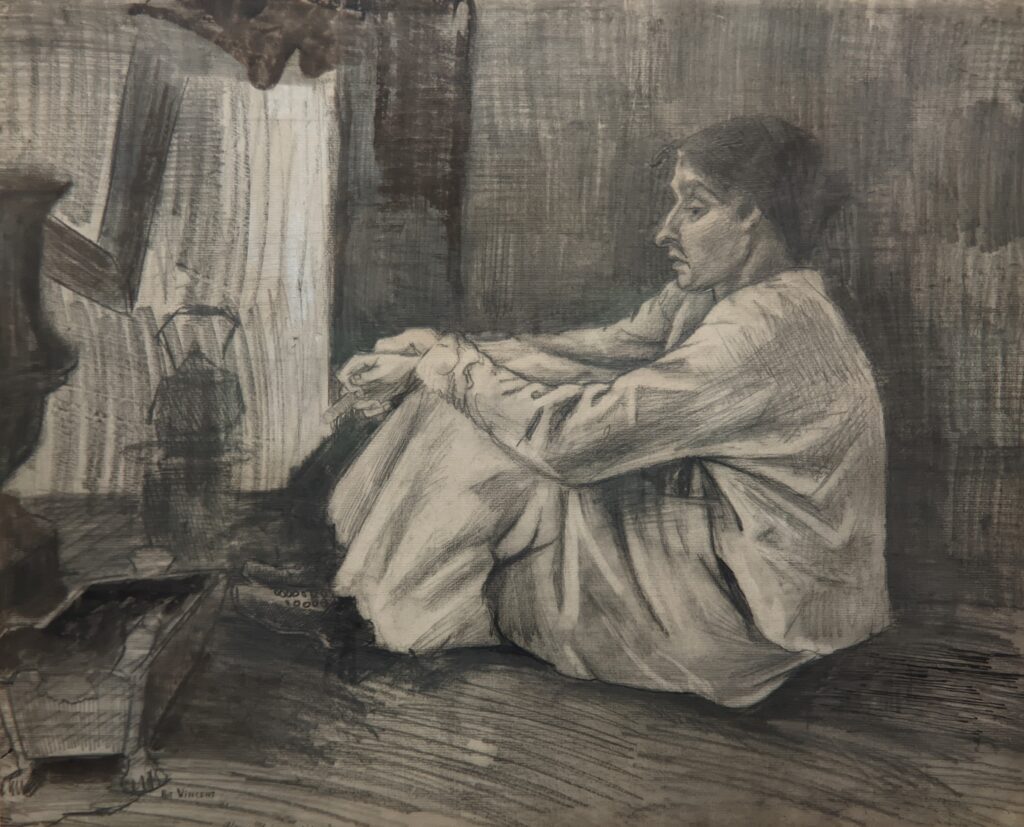


If you want to view the finest paintings by Vincent van Gogh outside of the Netherlands, perhaps you will choose to read our article New York City — 3 Incredible Art Museums. Thank you for visiting us at ArtLoversTravel.com

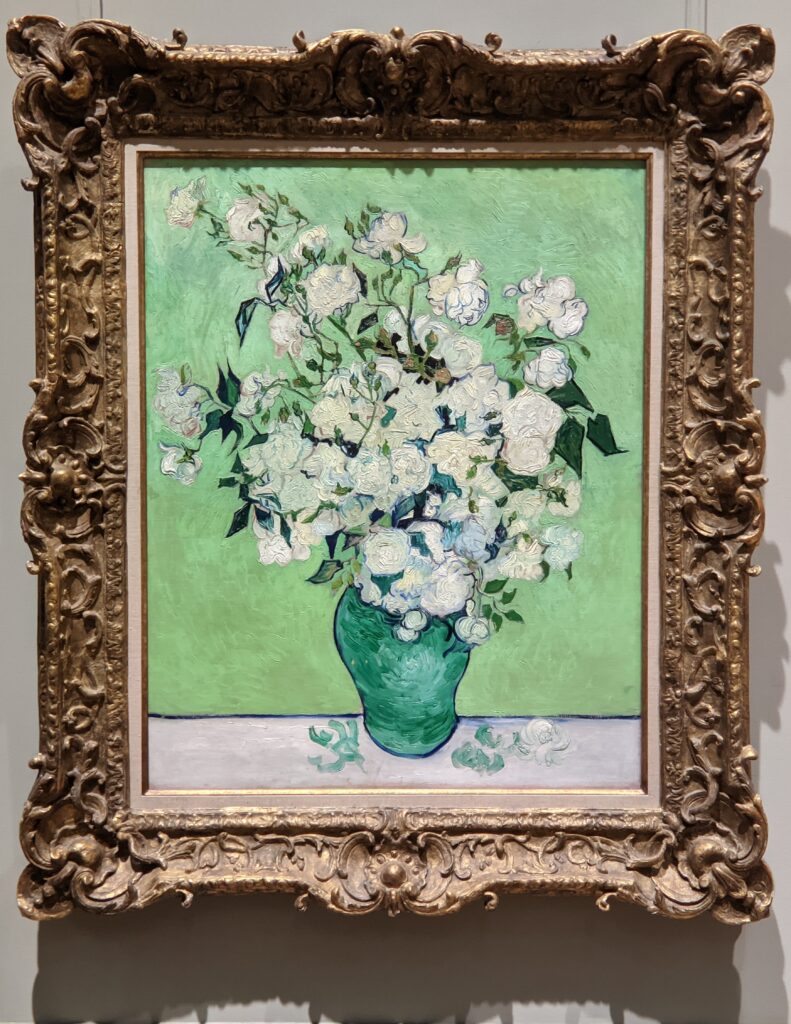

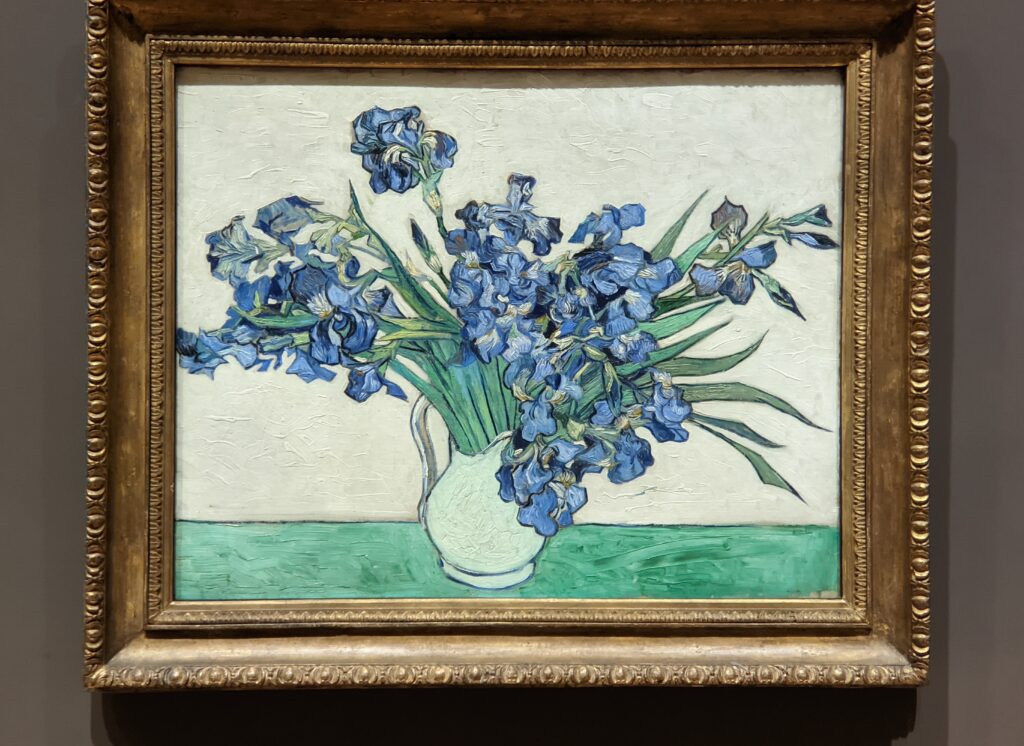





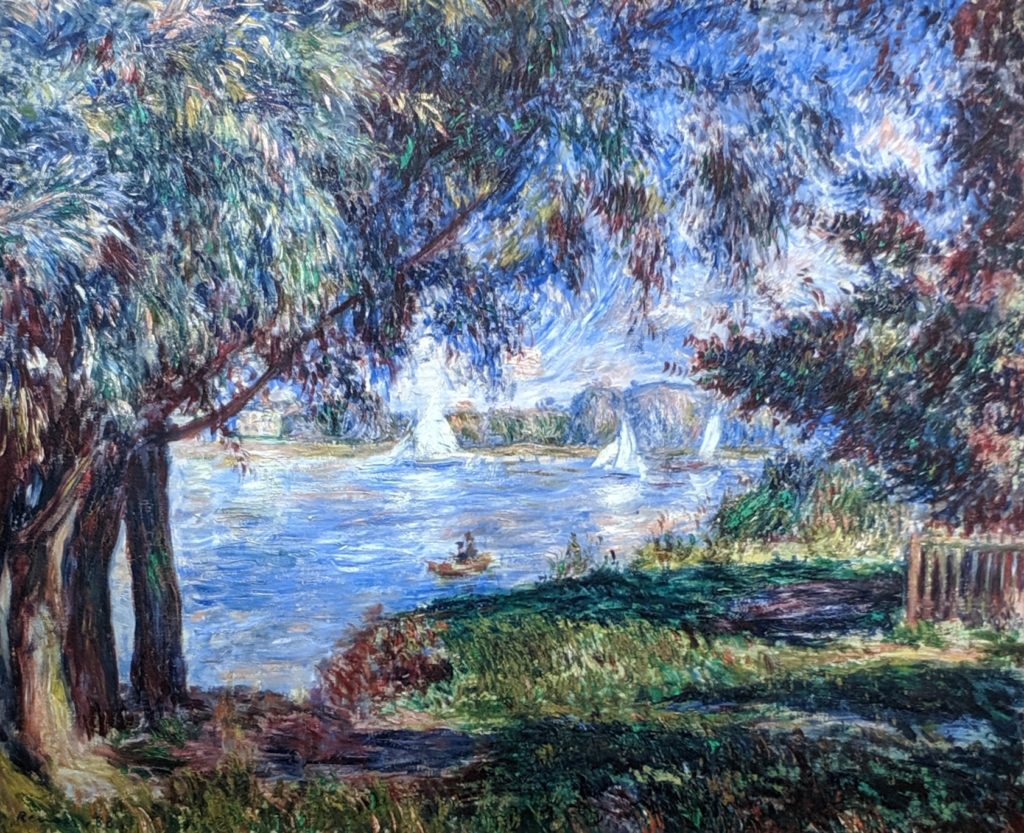
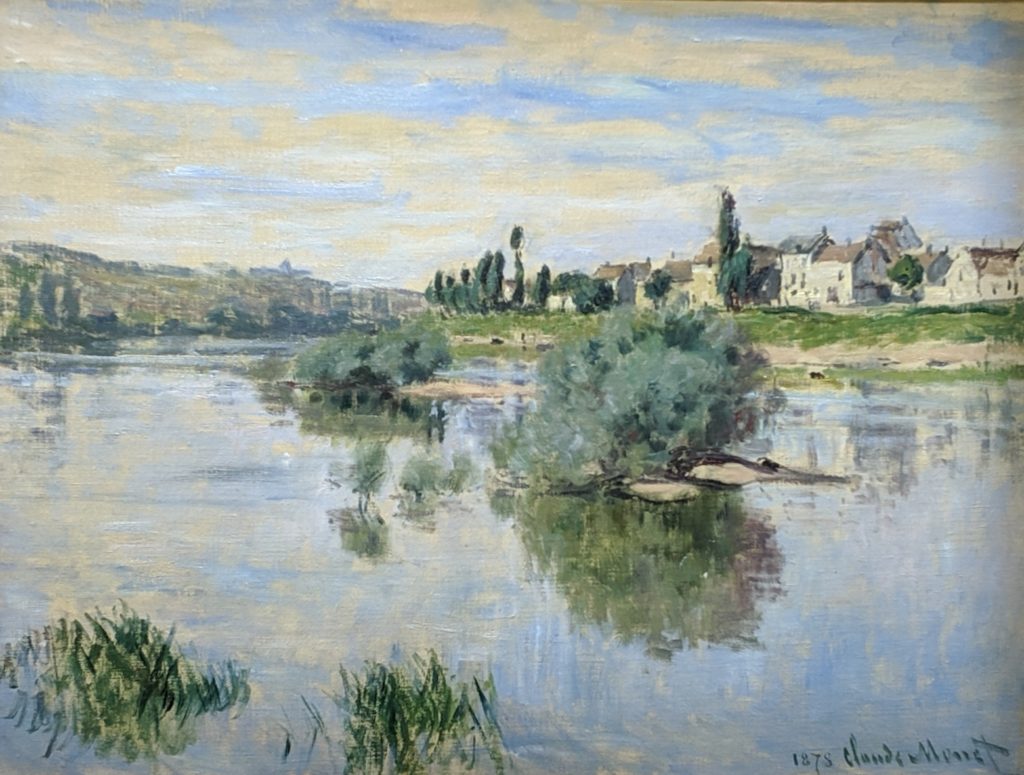


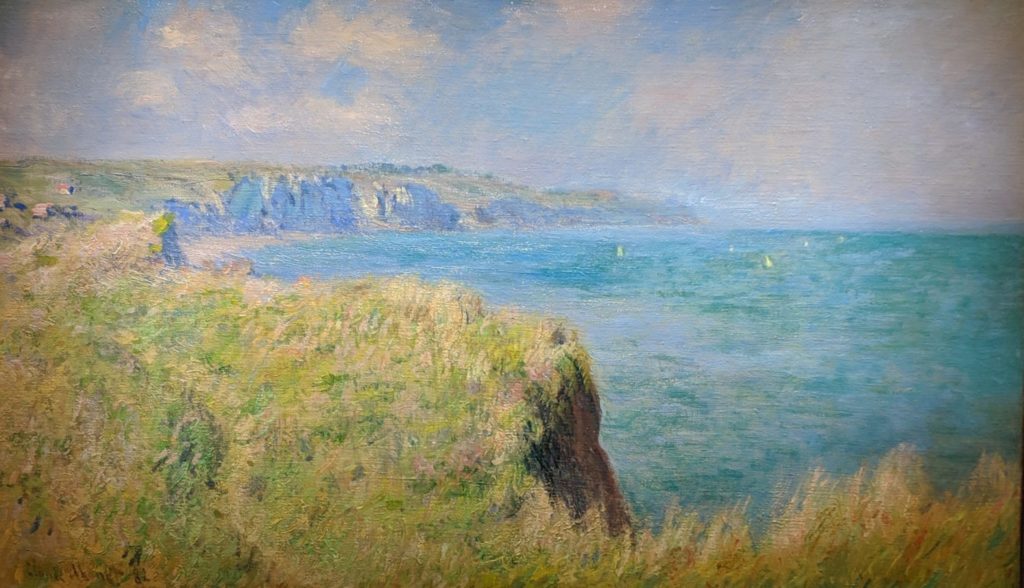



One Comment
edward darby
I must say, as a lot as I enjoyed reading what you had to say, I couldnt help but lose interest after a while. Its as if you had a wonderful grasp on the subject matter, but you forgot to include your readers. Perhaps you should think about this from far more than one angle. Or maybe you shouldnt generalise so considerably. Its better if you think about what others may have to say instead of just going for a gut reaction to the subject. Think about adjusting your own believed process and giving others who may read this the benefit of the doubt.